Overview
Map
Other Details
كنيسة سيّدة الساحة
Batroun
Batroun
North
كنيسة سيّدة الساحة - البترونشيّدت الكنيسة على أنقاض كنيسةٍ قديمةٍ نهاية القرن التاسع عشر. سعى في إتمامها آل عقل نظرًا لقرب دارتهم من الكنيسة، وكان ذلك لإستقبال البطريرك الياس الحويّك ابن حلتا البترونيّة ليقيم القدّاس فيها أثناء زياراته للمدينة. رممّت على مراحل خلال القرن العشرين.The Church of Our Lady of the Saha - BatrounThe church is located in a town square hence its name "Al Saha". It was built in the late XIXth century over an older church. The sponsors of the construction project were the Akl family since their estate was nearby and they needed a chapel for Patriarch Elias El Howayek from Helta to say mass during his visits to the city. The church was renovated many times during the XXth centur
Visited 2714 times, 4 Visits today



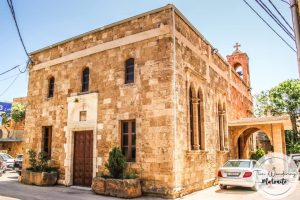
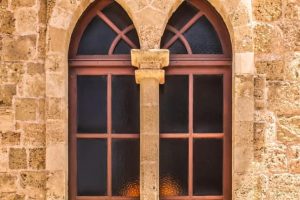
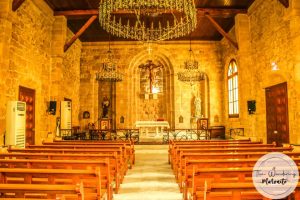
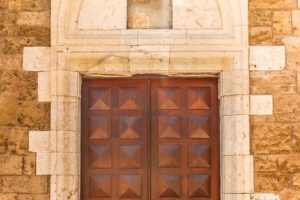
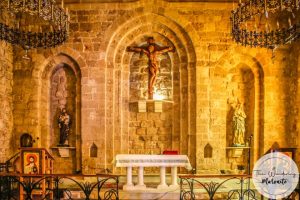
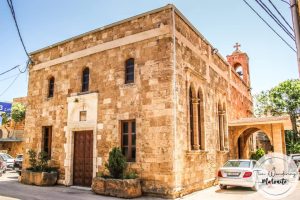
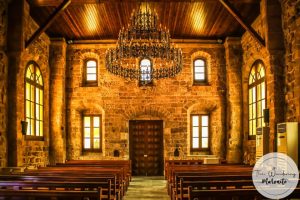
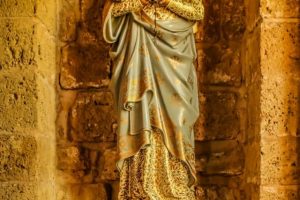
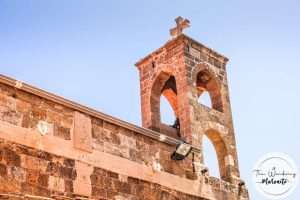









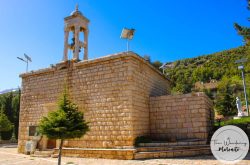
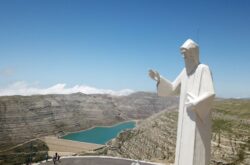
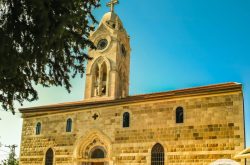
Reviews are disabled, but trackbacks and pingbacks are open.